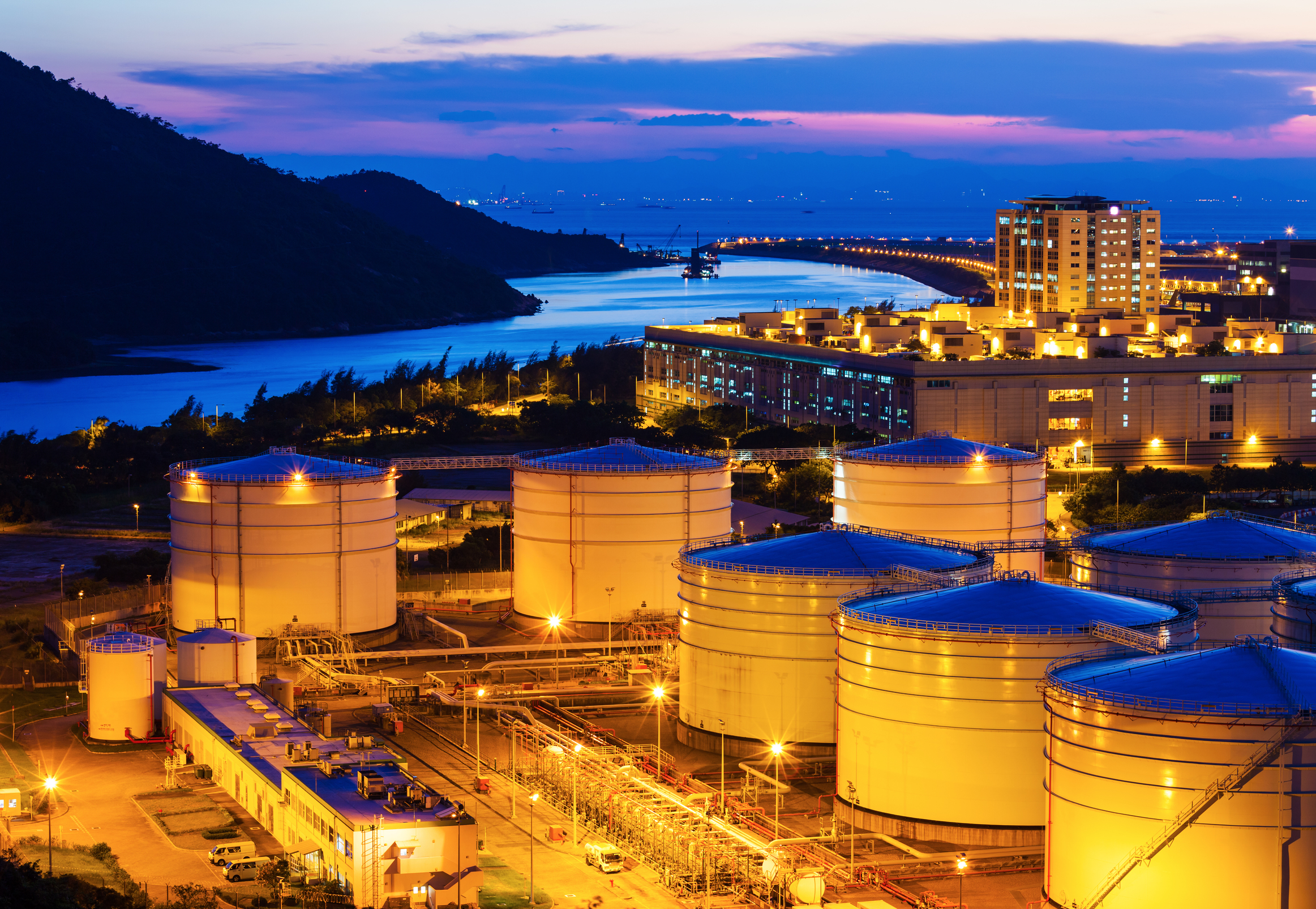Oil prices have staged a strong rally over the last few trading sessions, with both Brent and West Texas Intermediate (WTI) crude futures settling above $80 and $83 per barrel respectively on Friday. This marks the highest level for oil prices since November 2023. The recent surge has been driven by growing signs of tightness in global oil supplies along with heightened geopolitical risks in the Middle East.
For investors in the oil and gas sector, the combination of bullish supply and demand fundamentals and rising geopolitical tensions point to potential upside in oil prices through 2024. Here are some of the key factors driving the latest rally:
Supply Fundamentals Point to Tightness
On the supply side, oil prices are being lifted by OPEC+’s continued restraint on production increases. The group of major oil producers is expected to extend production cuts beyond their planned exit in March, tightening global supplies. Additionally, near-term futures contracts are trading at a premium to later dated contracts, a condition known as backwardation which signals tight supplies.
Asia Demand Exceeding Expectations
At the same time, oil demand has proved resilient, especially in Asia. Demand out of Asia has exceed expectations in recent months, even as parts of Europe remain locked down. With economies reopening as vaccine rollouts accelerate, pent-up travel demand in Asia is set to further boost oil consumption over 2023. The combination of robust demand growth and limited supply increases has led to a rapid drawdown of global oil inventories since the start of the year.
Middle East Tensions Creating Geopolitical Risk Premium
On top of bullish market fundamentals, ongoing tensions in the Middle East are layering fears of potential supply disruptions. Attacks on oil tankers transiting through the critical Red Sea route has rerouted tanker traffic and added to insurance costs. Escalating violence between Israel and Hamas has raised concerns over stability in the region.
Most importantly, oil prices could spike dramatically if Iran-backed Houthis were to target vessels travelling through the Strait of Hormuz. This critical passageway between Oman and Iran handles around 30% of all seaborne-traded crude oil globally. Any military clashes or outright closure of the Strait would severely constrain global oil flows and lead to a price spike.
Upside Risks Outweigh Downsides for Oil Prices
In summary, investors should be aware of the multitude of upside risks supporting higher oil prices as we progress through 2024. While oil demand may moderate as economies eventually normalize post-pandemic, OPEC+ restraint and the risk of supply disruptions look set to keep the market tight.
As leading investment banks like Goldman Sachs have noted, their base case forecast of $70-90 per barrel for Brent could easily see upside, with geopolitics posing the main risk. For investors, oil exploration and production companies as well as oil services firms stand to benefit most from higher prices. Integrated majors may lag on share price gains though due to their downstream refining exposure. Overall, oil markets appear set to tighten further, making the case for investors to overweight the energy sector.
